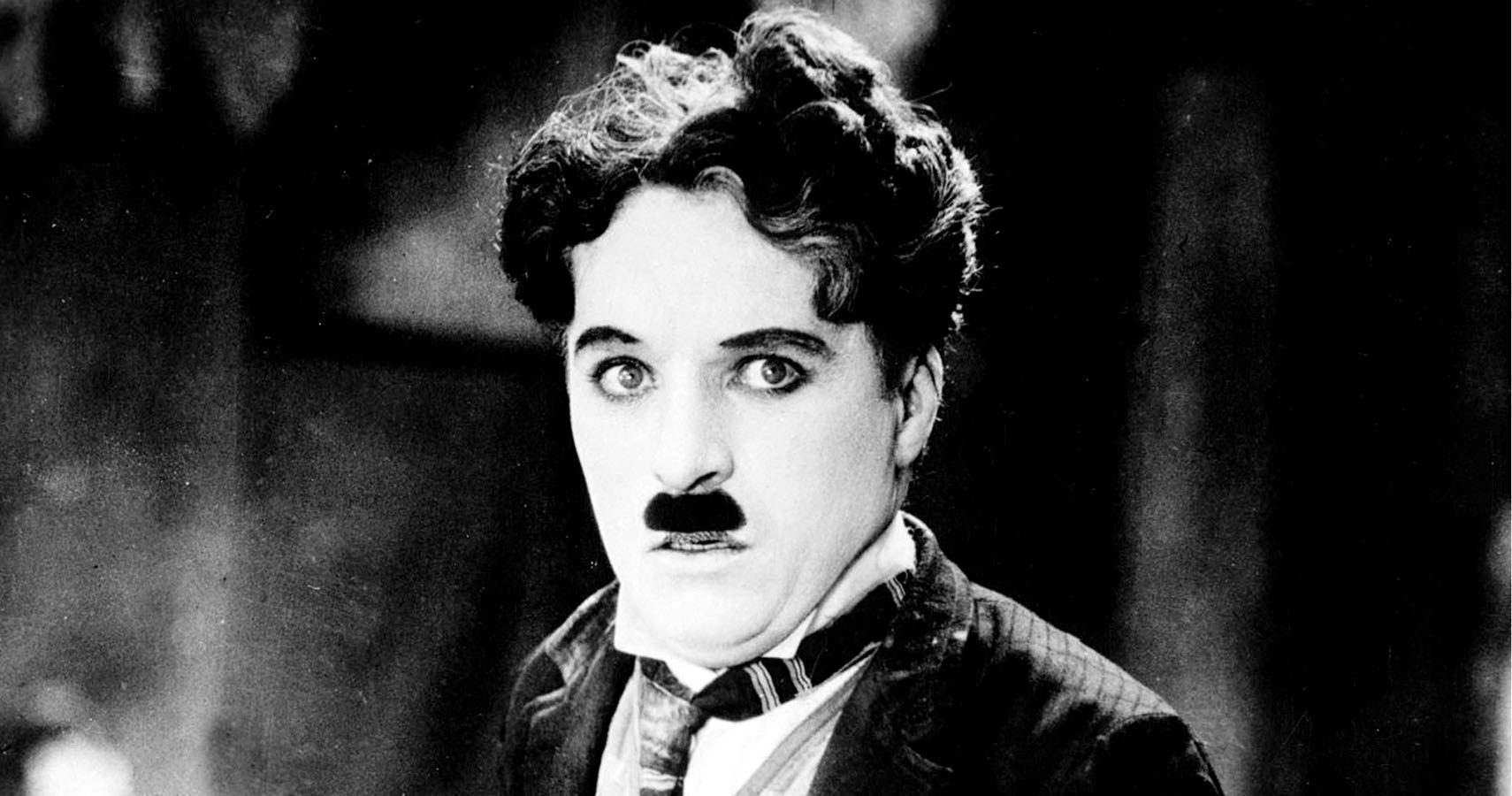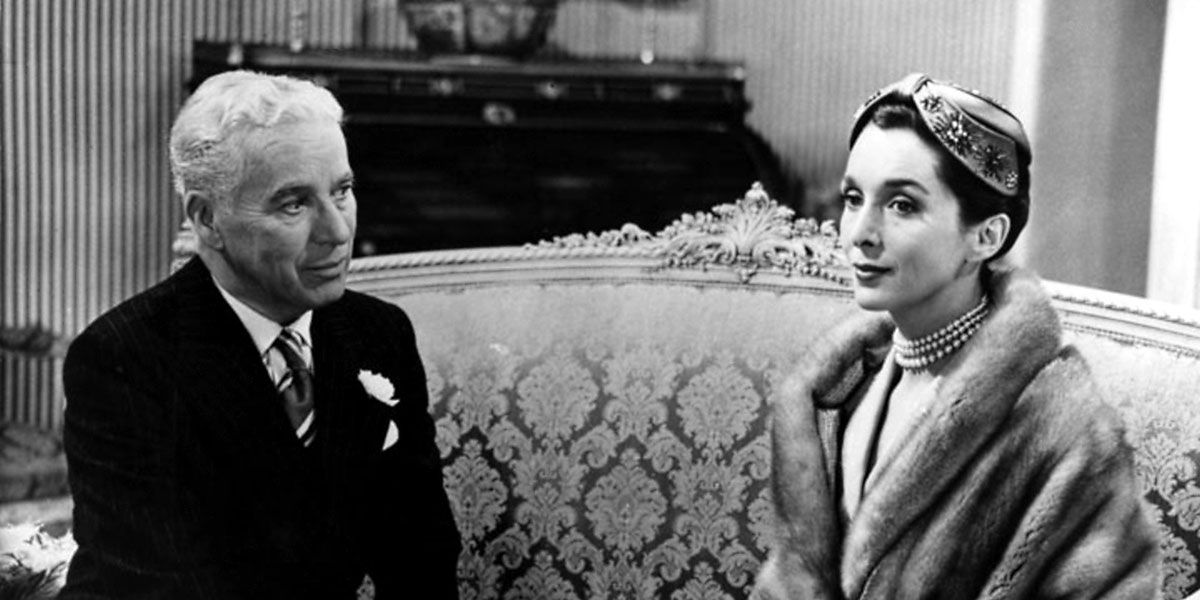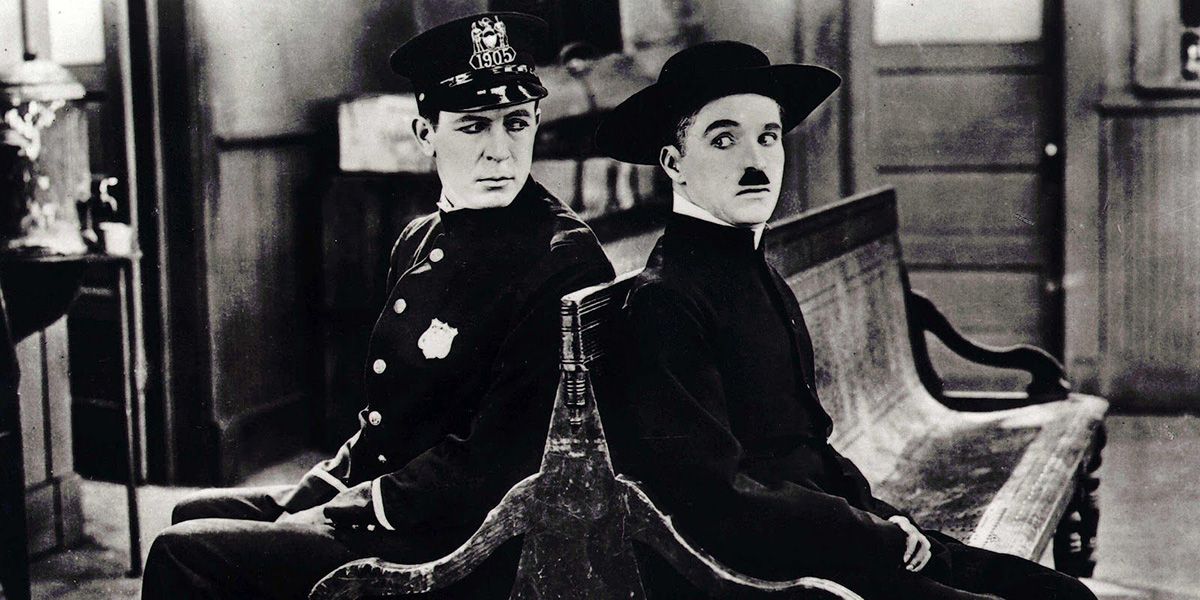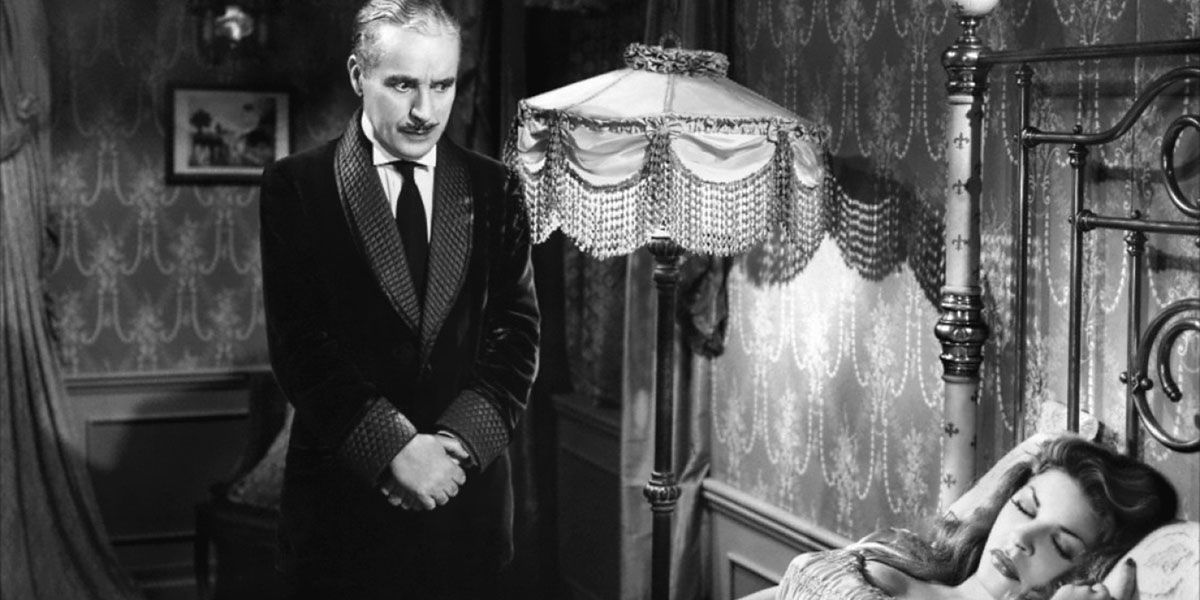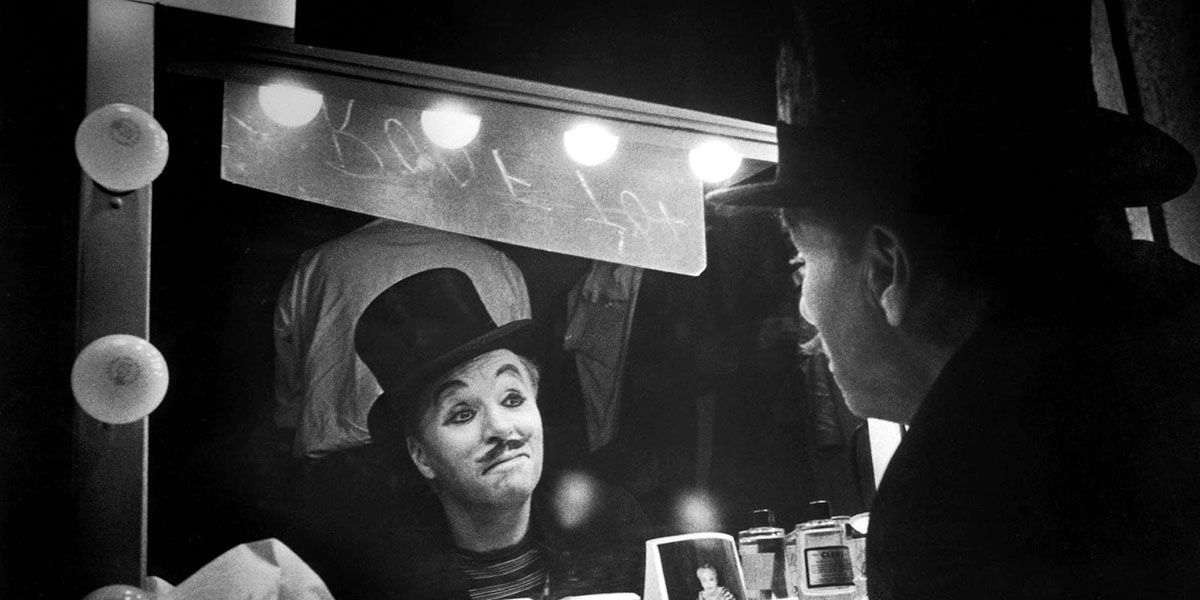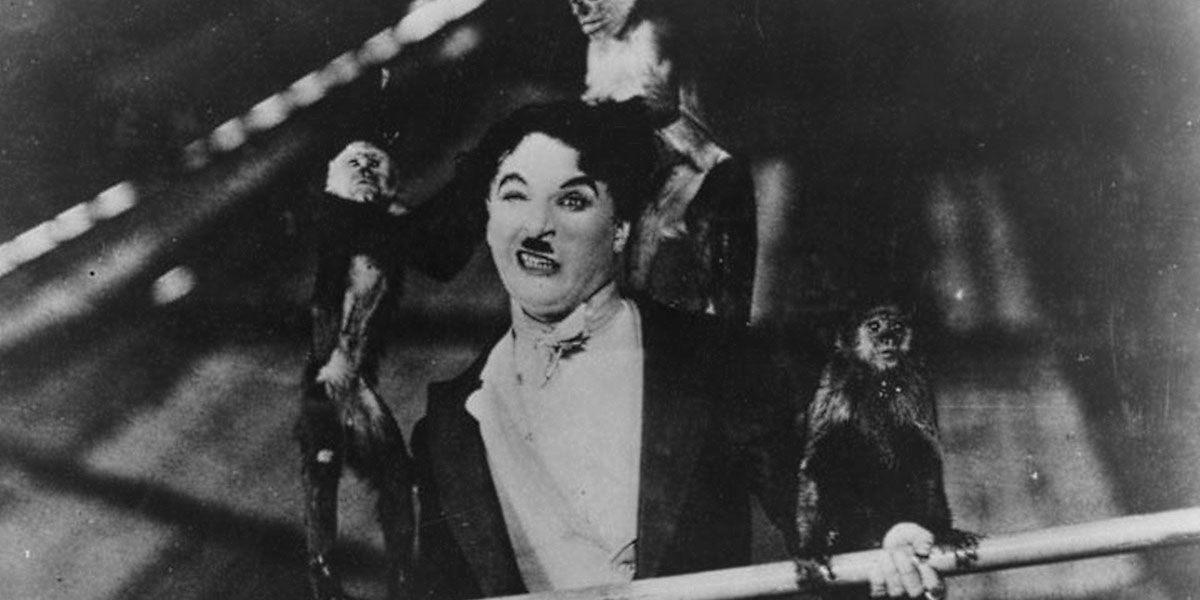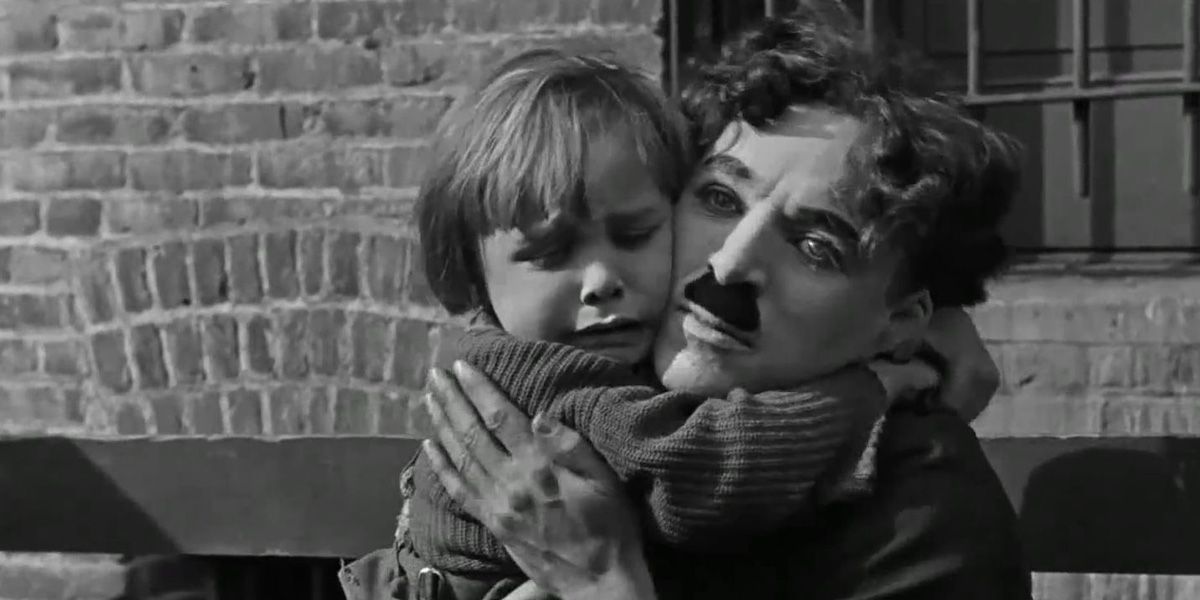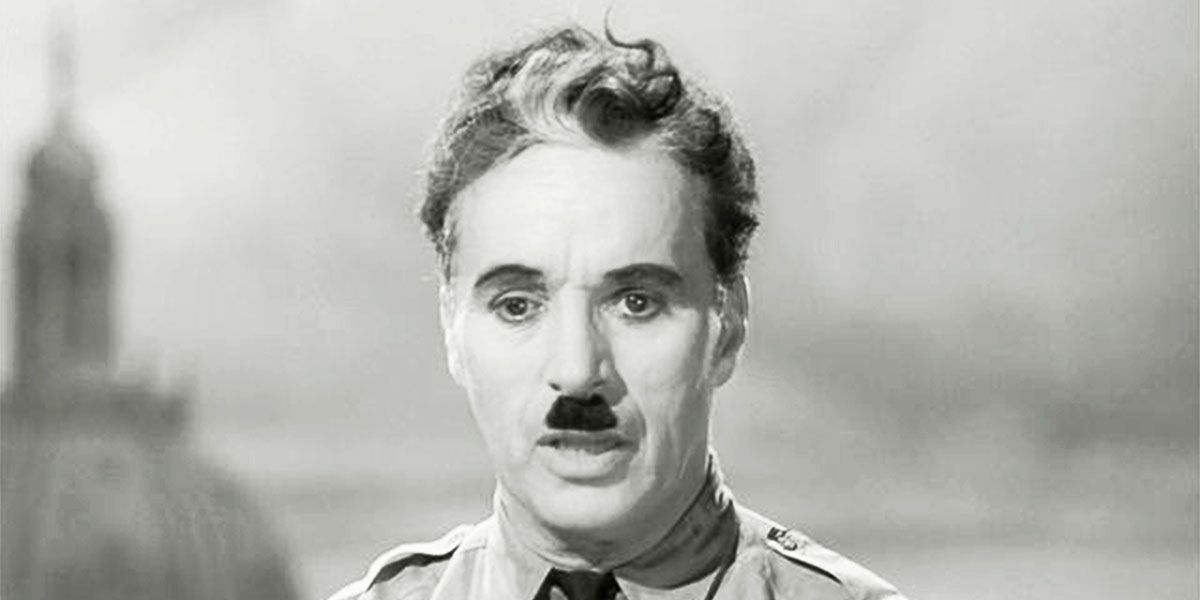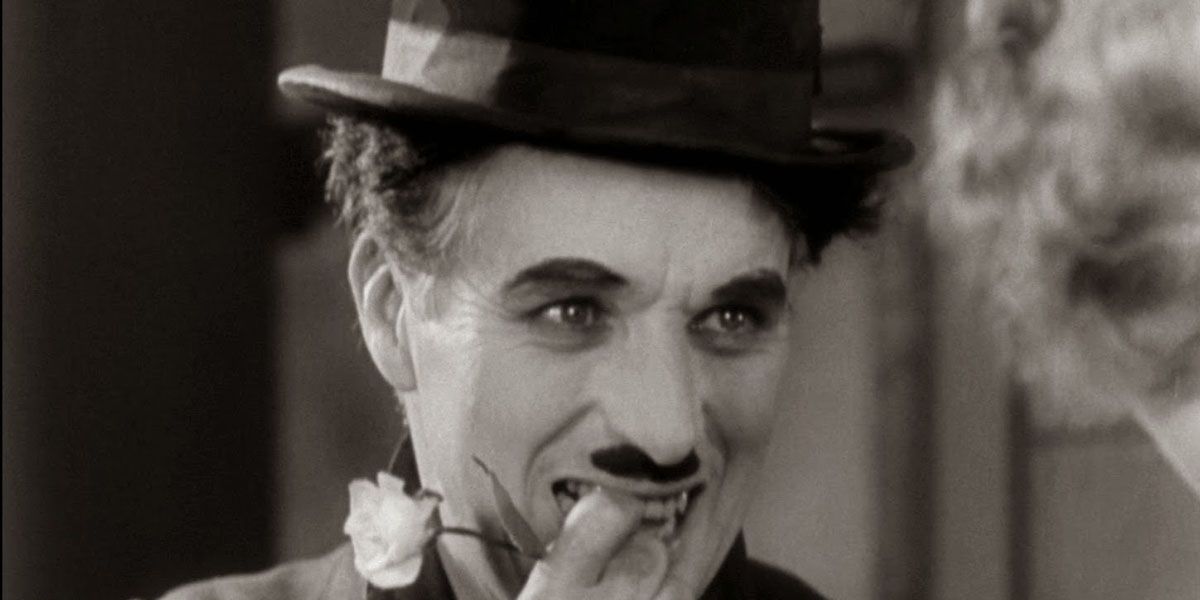The actor Charlie Chaplin is one of the best and most famous actors of the early 20th century. Chaplin's career lasted for decades, from the silent-film heyday of the 1910s to the New Hollywood of the 1960s. His shorts and features have stood the test of time. They're funny, endearing and an absolute joy to watch.
Much of Chaplin's output consisted of his short films; of his 89 acting credits, more than 70 are in short films. Many of his finest efforts, however, are the full features he made later in his career. Despite public turmoil, exile from the United States, and personal tragedy, the quality of Chaplin's work never wavered. Here are his 10 best feature films, according to IMDb.
A King in New York (1957) - 7.1
Chaplin's final starring role is also one of his best. He wrote, directed, scored, and starred in A King in New York, a satire focused squarely on the Red Scare that gripped the United States in the 1950s. Chaplin plays a deposed monarch who comes to the United States nearly penniless.
He becomes famous after doing some TV commercials and runs into a young Communist played by Chaplin's son Michael. The monarch is subsequently called before the House Un-American Activities Committee; he sprays them down with water from a fire hose.
The Pilgrim (1923) - 7.4
The Pilgrim marked an end to several chapters in Chaplin's life and career. It was the last film he made for the First National Film Company and the last he made with Edna Purviance. Purviance starred in 30 films with Chaplin over eight years. The film stars Chaplin as the title character, an escaped convict who pretends to be a preacher to evade custody. Purviance plays a woman whom the Pilgrim boards with. The Pilgrim's old cellmate steals her mortgage payment and the Pilgrim treks to a casino to retrieve it.
The film entered the public domain in the United States in 2019.
Monsieur Verdoux (1947) - 7.9
By the time Monsieur Verdoux came out in 1947, Chaplin was not the star he once was. His push for American-Soviet relations during World War II led to the FBI opening an investigation into the star; several groups also boycotted the film. Verdoux is a stark departure for Chaplin.
It was his first film not to include a Tramp-like character and made the anti-war sentiment seen in earlier films such as The Great Dictator more apparent. It flopped in the United States but was a massive hit abroad.
Limelight (1952) - 8.1
Chaplin's follow-up to Monsieur Verdoux was a semi-autobiographical tale of a washed-up performer in World War I-era London. Limelight was the last film Chaplin made in the United States; he was banned from the country while promoting the film.
He wouldn't return to the country for 20 years after the film's American wide release led to Chaplin's only competitive Oscar. He won the Best Original Score Oscar for his work and received a 12-minute standing ovation during the ceremony.
The Circus (1928) - 8.2
The Circus is generally considered one of Chaplin's best comedies and came in the middle of a run at United Artists that takes up half of this list. However, it was also his most troubled production. Chaplin was hit with several personal tragedies while making the film, including the death of his mother, a divorce from his second wife, and an IRS investigation.
The film, which follows Chaplin's Tramp as he becomes the unintentional hit of a circus roadshow, stalled for eight months. It ended up becoming one of the highest-grossing silent films ever.
The Gold Rush (1925) - 8.2
Charlie Chaplin once said that The Gold Rush was the film he wanted to be remembered for. The 1925 classic brilliantly blends tragedy and comedy as it follows the adventures of Chaplin's Tramp as a gold prospector in the Yukon during the Klondike Gold Rush. The Tramp gets trapped in a cabin with two other prospectors and befriends one of them.
The film has some of Chaplin's most iconic moments, including the dance of the rolls and the Tramp boiling and eating one of his own shoes.
The Kid (1921) - 8.3
The Kid was Chaplin's full-length directorial debut. It stars Chaplin as the Tramp and a young Jackie Coogan (who would later portray Uncle Fester on The Addams Family) as the Child. The Tramp finds the Child as a baby and names him John. As the years pass, the boy's mother becomes a famous actress and begins to search for the boy she abandoned years ago.
The Tramp attempts to keep the boy, as the two had grown to love each other. In the end, the Tramp and the Child are both welcomed by the Child's mother.
The Great Dictator (1940) - 8.4
The Great Dictator wasn't the first anti-Nazi Hollywood production, but it is one of the most well-remembered. It starred Chaplin as both the fascist dictator of fictional Tomania and a Jewish barber who's mistaken for the dictator and vaulted into power. The film is arguably most famous for its final speech, in which Chaplin's barber makes an impassioned plea to the world for peace.
The film was also Chaplin's first true sound film. It was nominated for five Oscars: Picture, Actor, Screenplay (all Chaplin), Supporting Actor (Jack Oakie), and Original Score.
City Lights (1931) - 8.5
Although Chaplin had considered making a sound film as early as 1918, he ultimately refused to jump to talkies as the industry transitioned in the late 1920s. City Lights is somewhere in between, with synchronized music and sound effects along with dialogue intertitles.
The film follows Chaplin's Tramp as he falls in love with a blind girl and befriends an alcoholic. The Tramp takes various jobs and gets into a boxing match as he attempts to return to the girl.
Modern Times (1936) - 8.5
Modern Times is Chaplin's last appearance as the Tramp and a comment on industrialization, which Chaplin believed to be the cause of the conditions of the Great Depression. In the film, the Tramp appears as a factory worker who is fired after a nervous breakdown.
The Tramp then goes to jail and, upon his release, encounters several desperate individuals. His schemes to return to jail are constantly thwarted by other people.

